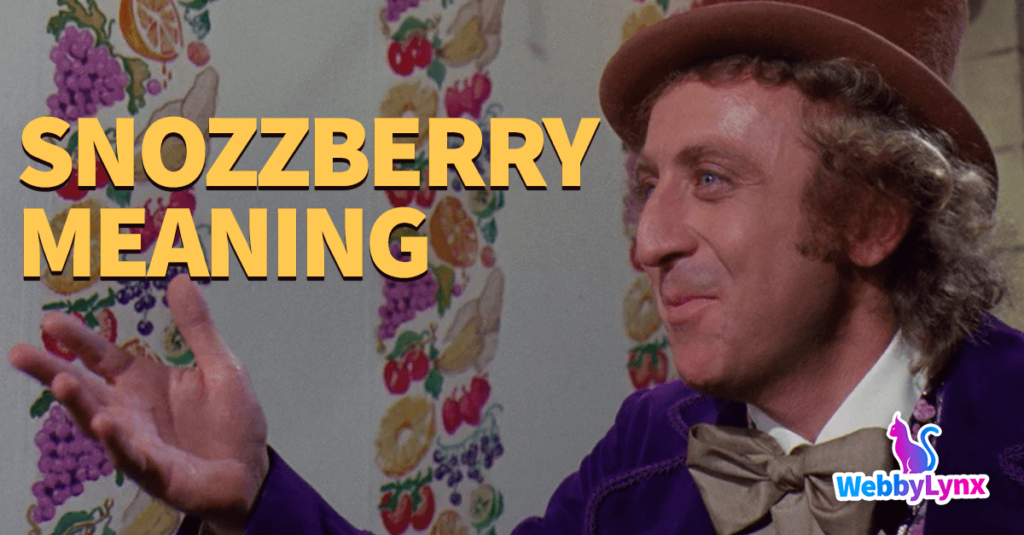

What is Snozzberry meaning?
A fruit initially stated as the principal food supply of some people-shy gremlins in Roald Dahl's adult fiction “Some Time Never: A Fable for Supermen.”
It's addressed again in “Willy Wonka and the Chocolate Factory,” where the kids may lick and taste the wallpaper, and all of the fruits depicted on the wallpaper taste just like the real thing.
However, many years later in his career, he cited it in his book “My Uncle Oswald” as a reference to a man's finest work, sparking debate over the youngsters licking the “snozzberries” in his earlier novel.
Table of Contents
What's the origin of Snozzberry?
The snozzberry is a fictional fruit from the universe of the well-known author Roald Dahl (1916-1990).
It appears in several of his writings, usually in reference to an edible fruit, but also once in reference to a man's genitalia.
The first reference was in 1948's “Sometime Never: A Fable for Supermen.”
Snozzberry Spread and Usage
Fans of Roald Dahl's books who had read several of his books were aware of youngsters eating the “snozzberry” in “Willy Wonka and the Chocolate Factory” and a man's genitalia being called a “snozzberry” in “My Uncle Oswald.”
Some individuals were caught aback by the link, while others saw it as a crude adult joke, as is common in many children's books.
However, the great period of time between the books' publication has partially invalidated the claims.
External References
- Urban Dictionary – Snozzberry
- Foodbeast – Roald Dahl Trolled Us All: Wonka ‘Snozzberries’ Are Not What You Think








